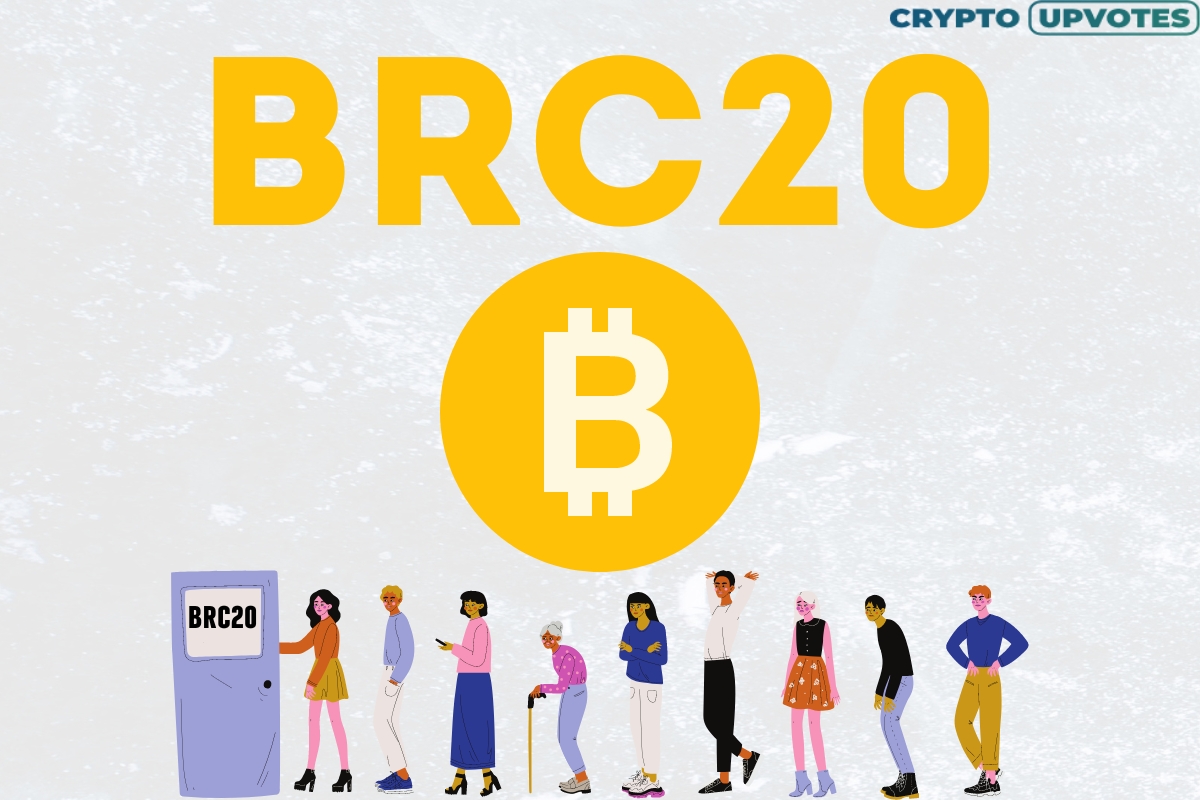Hong Kong will open retail sales of cryptocurrency, what it means for the whole cryptocurrency world
Our experts talked about the influence of news from Hong Kong on the digital asset industry. And how leading cryptocurrency exchange prices will react from opening a new cryptohub in Asia
As of June 1, retail investors in Hong Kong will be able to trade cryptocurrencies on licensed platforms. On May 23, Hong Kong’s Securities and Futures Commission (SFC) published a report on regulatory requirements for cryptocurrency trading platforms. These regulations will go into effect at the beginning of the summer.
The regulator collected comments from market participants before publishing the document. It received 152 responses, including from Binance, Coinbase, Huobi, OKX, Kaiko, Matrixport, Ripple Labs, PricewaterhouseCoopers and many others. The rules were developed in response to comments received. Any of the licensed trading platforms that will comply with them. It will be able to officially provide services in the region.
According to the document, as the regulatory mechanisms for stablecoins are scheduled to be implemented only by 2024. That is until these assets will be allowed by the commission in retail. And tokens available to retail investors must meet certain criteria. At a minimum, they must be included in two indexes from unrelated companies. Cryptocurrencies such as Bitcoin (BTC), Ethereum (ETH), Litecoin (LTC), Bitcoin Cash (BCH) meet this criterion. As well as Polkadot (DOT), Solana (SOL), Cardano (ADA), Avalanche (AVAX), Polygon (MATIC) and Chainlink (LINK).
According to the new rules, exchanges advertising specific cryptocurrencies are banned. As well as products that offer yield, staking and lending.
“Ultimately, the primary activity of a licensed trading platform is to act as an agent. And providing the ability to match orders between clients. Any other activity could lead to a potential conflict of interest. And requires additional safeguards,” the document states.
The platform operator is required to keep 98% of customer assets in a cold wallet. But for rare cases, for which a separate authorization from the SFC will be required.
Perspectives for the Asian region
The adoption of comfortable cryptocurrency legislation in Hong Kong will definitely be perceived positively by the market, our experts believe. The past few months have been marred by pressure on the industry in the United States. And because of that, many companies were forced to leave the region.
Also, prospects for cryptocurrency legislation in the EU are still unclear. And the recently adopted MiCA rules are not so transparent and do not fully reflect all the complexities. Crypto industry participants may face if they bet on the European Union.
Over the next few years, China will have an opportunity to regain some of the market lost after the ban on mining and cryptocurrencies. Access to digital assets through Hong Kong will increase capital allocation. And it will provide legal entry to the market for serious investors from one of the largest economic centers in the world.
Hong Kong’s goal is to become a major player in a region where the adoption of cryptocurrencies in countries such as Malaysia, Vietnam, Singapore And many others, at a pace outpacing the rest of the world. Our experts do not rule out the possibility that investors from mainland China will use this jurisdiction. And this will cause a new surge in investment and capitalization growth in the crypto industry. Which has been suffering from a lack of Chinese investors, who are not allowed to work with cryptocurrency, for several years now.
Positive effect on cryptocurrency market in general will be long-term
Creation of a new region with sufficient crypto-regulation. And that will allow new participants to enter the crypto industry officially. All this could be a positive factor for the cryptocurrency market in the second half of 2023, our experts believe.
Also, special attention could be paid to cryptocurrency exchanges tokens. And especially local ones, such as OKX. As they will be some of the projects that will benefit from licenses and new users coming in.
At the same time, the ban on staking, lending and other schemes for making money from crypto exchanges may make it more difficult for them to operate in the Hong Kong jurisdiction.
The news itself has more of a long-term positive effect, but in the moment, the market will have almost no reaction to the new rules. Short-term increase in volatility within standard market fluctuations of 5-10% is also possible.
The renewed approaches can potentially benefit large serious projects with a good reputation like Bitcoin, Ethereum, Tron and the like.
Just as Bitcoin and Ethereum as market leaders in terms of capitalization will be indirectly in demand. and that will lead to an increase in prices across the whole cryptocurrency market.












